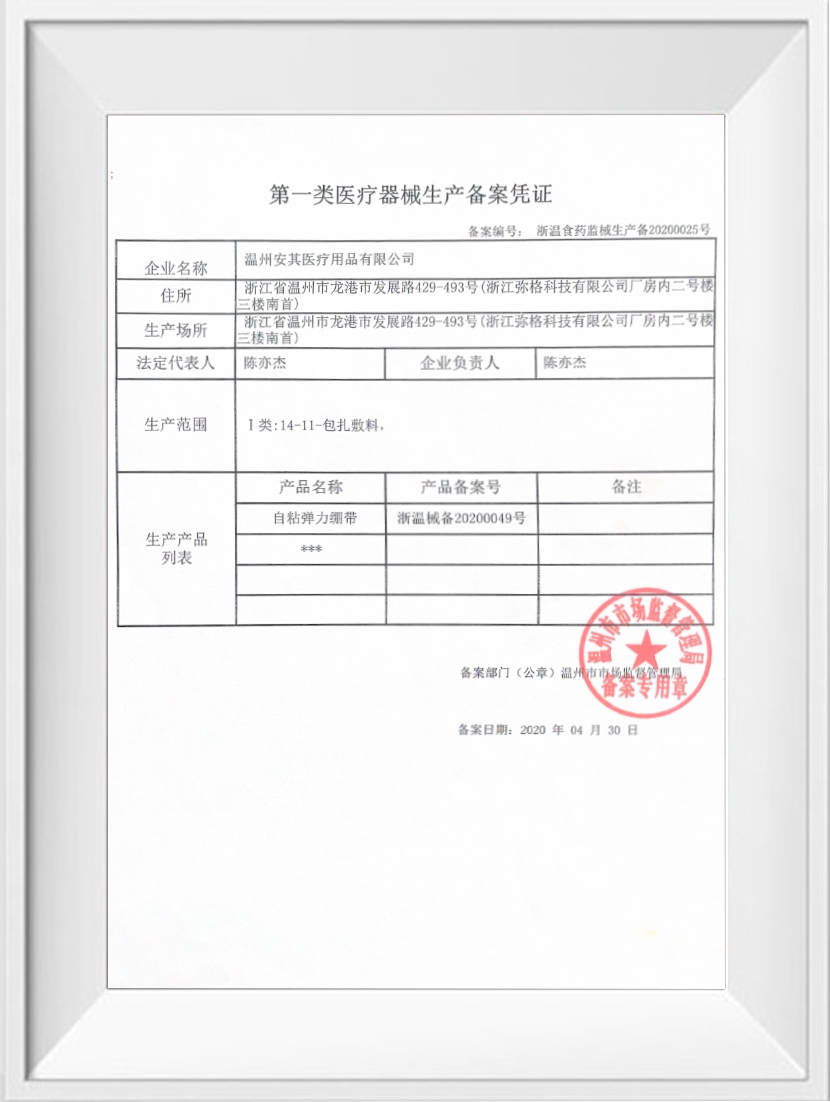Web Menu
Product Search
Exit Menu
We provide quality products and services to customers from all over the world.
What are the characteristics of a precut kinesiology tape for kneading?
Kinesiology tape has become a widely used tool in physical therapy, sports training, and rehabilitation. Precut kinesiology tape for knee designed specifically for kneading offers unique advantages that make it convenient and effective for muscle support and joint relief. This essay explores the key characteristics of precut kinesiology tape for kneading, focusing on its design, material, elasticity, adhesion, and ease of use.

1. Ready-to-use, standardized design
A primary feature of precut kinesiology tape is its ready-to-use form. Unlike traditional rolls that require users to measure and cut the tape themselves, precut versions are pre-measured and shaped according to common muscle and joint patterns. For kneading applications, the tape is often cut into strips that conform to the contours of the fingers, hands, and forearms, which are frequently involved in massage and kneading techniques. This standardization reduces the risk of improper application, ensures consistency in support, and saves time, making it suitable for both professional therapists and individuals performing self-massage.
2. High-quality, skin-friendly material
Precut kinesiology tape is typically made from a blend of cotton and synthetic fibers that are breathable and lightweight. The cotton component allows the skin to breathe, irritation during extended wear, while the elastic fibers provide flexibility and durability. For kneading purposes, this combination ensures that the tape moves naturally with the skin and muscles without restricting motion. Additionally, skin-friendly adhesives used in precut tape reduce the likelihood of allergic reactions or discomfort, which is essential when applying the tape repeatedly to sensitive areas such as the hands or forearms.
3. Appropriate elasticity for muscle support
Another important characteristic is the tape’s elasticity. Precut kinesiology tape is designed to stretch between 30% and 60% of its original length, which allows it to provide gentle support to muscles and joints during movement. In kneading applications, this elasticity helps lift the skin slightly, which may improve blood circulation and lymphatic drainage. The stretching ability also ensures that the tape can accommodate different body shapes and muscle sizes while maintaining its supportive properties, making it effective for both light massage and deeper tissue kneading.
4. Reliable adhesion and durability
The adhesive quality of precut kinesiology tape is crucial for maintaining its effectiveness during kneading. High-quality tape features medical-grade adhesive that adheres well to dry or slightly moist skin without causing irritation. It remains in place through light to moderate activity, including the repetitive motions involved in kneading, and can withstand perspiration and friction. This durability ensures that the tape provides consistent support over time, reducing the need for frequent reapplication and allowing users to focus on muscle recovery and relaxation.
5. Convenient and efficient application
Precut kinesiology tape offers significant convenience. Its ready-to-use design eliminates the need for measuring, cutting, and shaping, which can be time-consuming and prone to error. For individuals using the tape for kneading or massage therapy, this means quicker preparation and a smoother workflow. The tape can also be applied with minimal training, as the pre-cut shapes typically include instructions or diagrams that indicate proper placement. This ease of use makes it accessible for both professional practitioners and personal care routines, ensuring that the therapeutic benefits of kinesiology tape can be applied consistently.
Keep In Touch
No.455 New Town Development Road,Longgang City, Wenzhou City
Copyright © Wenzhou Anqi Medical Supplies Co., Ltd. All Rights Reserved.
Approval No: Zhejiang Wenzhou Food and Drug Administration Machinery Production Filing No. 20200025
The information provided on this website is intended for use only in countries and jurisdictions outside of the People's Republic of China.

 English
English русский
русский 中文简体
中文简体 Español
Español Deutsch
Deutsch عربى
عربى

